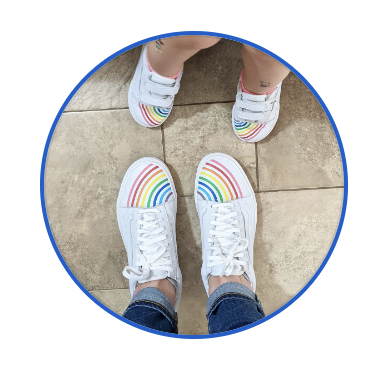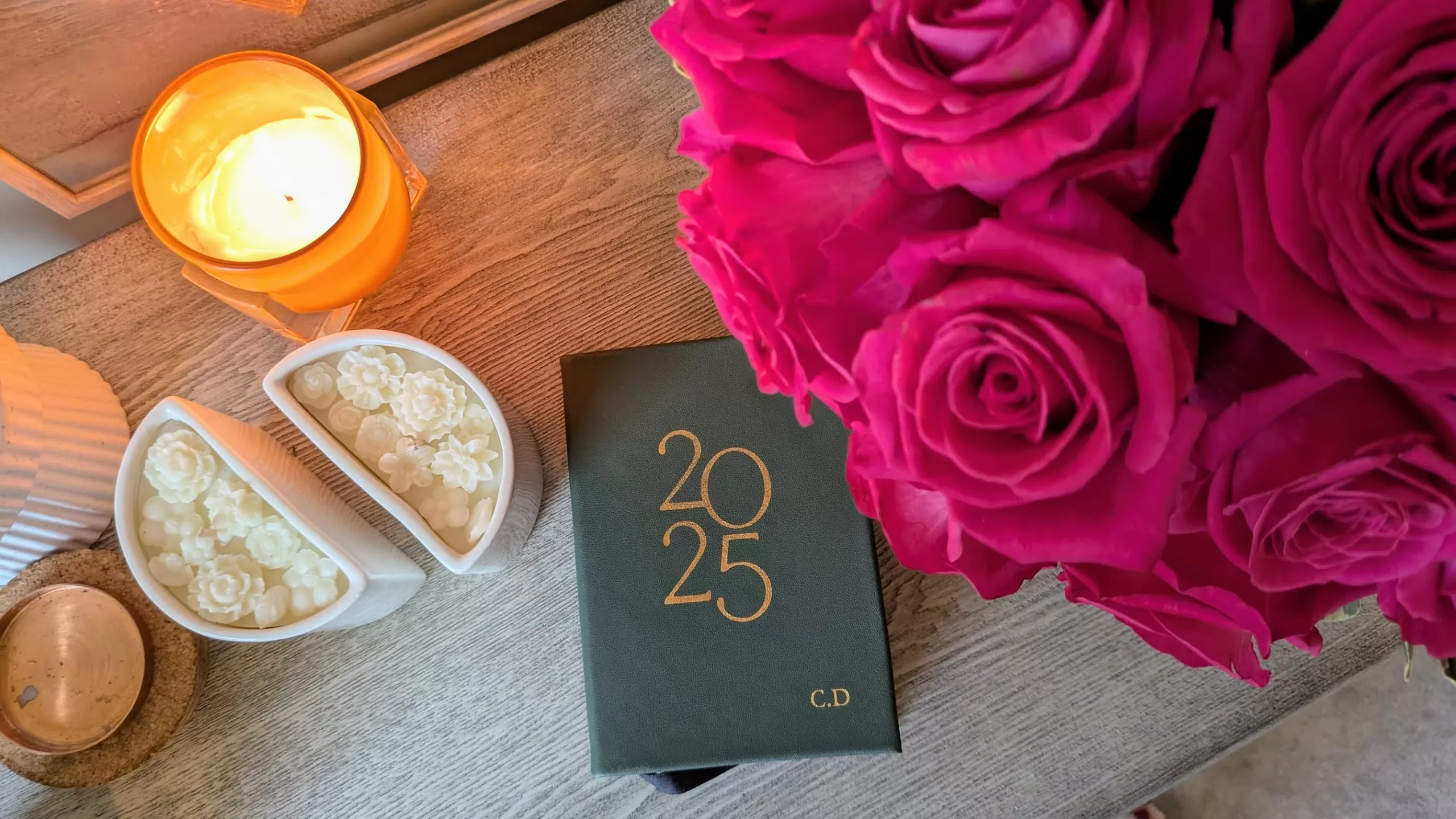This post may contain affiliate links. Every link is hand-selected by our team, and it isn’t dependent on receiving a commission. You can view our full policy here.
We’ve all been there: You deviated from a recipe online, testing and trying new things, and you’ve created a hit! A hit you can never quite recreate, because you can’t remember what exactly you did to get there. Womp womp.
It’s a problem I ran into all too often in my early days of dorm room cooking, and as I got into my first food blog, I realized I needed more of a system. Since then, I’ve used notebooks and Google docs and Keep notes and the margins of every planner to chronicle what I’m making, but I could never commit to a single process. Nor were my flour-dusted, torn and wrinkled notes anything I’d want to keep for the long haul and reference.
Then I heard about recipe journals. They seemed clean and streamlined—and a better keepsake for the long haul than a standard recipe tin (especially since I tend to lose the index cards from said tins). After researching some of the top-rated recipe journals, Papier offered the best customization, variety and aesthetics, so I decided to give it a try. After six months’ use, I really enjoy it, even if I don’t use it as often as I thought I would. Here’s why.

How the Papier Recipe Journal Is Set Up
Each $38 book features 192 pages, divided into four sections: breakfast, lunch, dinner and treats. Personally, lunch is pretty recipe-less for me—very grab-and-go or repurpose leftovers—so I would prefer entrees, appetizers and sides, along with treats and breakfast. But that’s just my approach to recipe development.
Each page within the section features sections for the ingredients, directions, prep and cook times, degree of difficulty, overall outcome (on a five-star rating) and a notes section for any adjustments you made. This makes it great for testing and tinkering with recipes as you use it, making it more of a dynamic workbook than a scrapbook of your most-loved recipes, though its binding, design and paper quality certainly make it heirloom-worthy.
When you order from Papier, you have 134 recipe journal designs to choose from, including options that let you personalize the cover and choose between a traditional hardcover binding and a spiral-bound one.

Should You Order a Spiral-Bound Journal or a Hardcover One?
Choose spiral-bound if you plan on doing a lot of journaling as you cook—aka classic recipe development. This ensures the book easily stays flat, so you don’t have to fight to keep it open to the page you want as you dash between writing and baking (or whisking, sifting—you get the idea).
Choose a hardcover journal if you plan on giving it as a gift, or using it to log tried-and-true recipes you’ve loved. In this case, it’s more of a reference book you can keep on your shelf and enjoy, ensuring special recipes aren’t lost over time (and this style tends to hold up better over the years).
How Thick Are the Recipe Journal’s Pages?
The pages of Papier’s recipe journals clock in at 100 GSM, or grams per square meter, which makes them thicker than your typical hardcover book, so ink doesn’t show through the page easily.

How I Use the Papier Recipe Journal
The Papier recipe journal has become my final-round recipe journal. When I’m adapting an existing recipe, I like to make it first as-is, then make it again with one or two major tweaks, tasting and recording the results. I continue this process, evolving the dish until I make it my own. If I’m coming up with a recipe from scratch, I’ll log the ingredients used and the process in a notebook or in my Google Keep app. Taste, tweak, record, repeat.
Once I think the recipe is there—or nearly there—I will log it in the Papier recipe journal. The book itself is so polished that I don’t want to fill it up with a bunch of half-baked iterations of dishes, thus making it harder to find the final recipe I’m looking for amid the not-quites.
The Papier Recipe Journal’s Pros
- Gorgeous aesthetic
- Decently thick pages
- Customizable
- Spiral-bound and hardcover options
The Papier Recipe Journal’s Cons
- The individual recipe pages are a bit overdesigned (I don’t use all of the fields)
- Would prefer tabs & different dividers over breakfast/lunch/dinner/treats

The Verdict: Is It Worth It?
At $38, the Papier Recipe Journal is far pricier than your typical notebook, but the quality of its pages, its study hardcover and its customizable, varied designs make it a great gift for anyone who loves to cook or bake. I’m a big fan, even if it isn’t my daily recipe development journal (it’s far too nice for that!).




